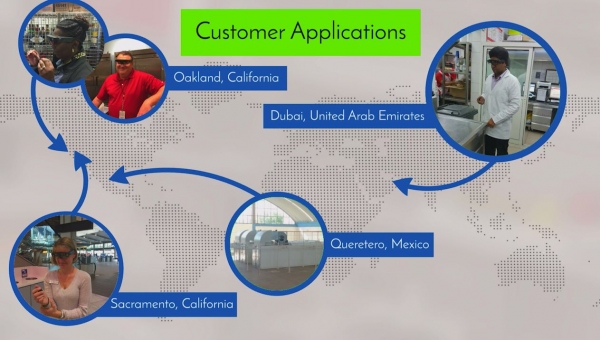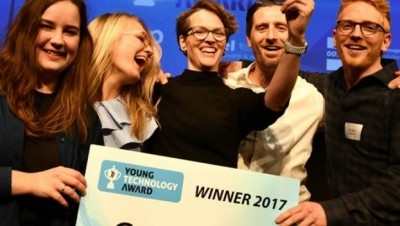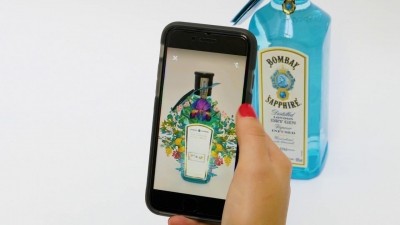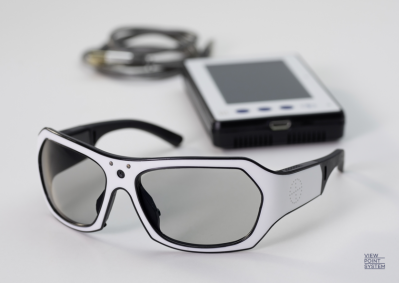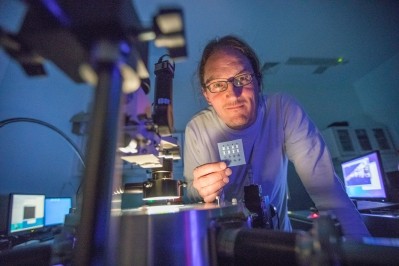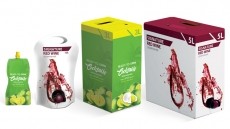Advances in wearable Smart Glasses will outpace handheld technology
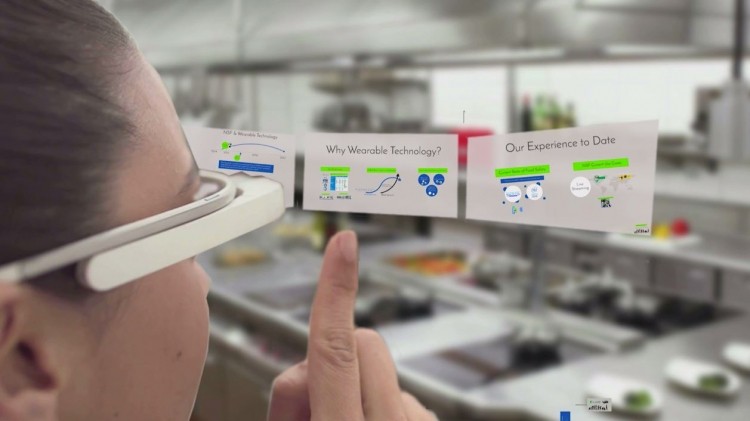
The company based in Michigan, US, independently tests, audits and certifies food and beverage firms for workplace safety and quality control, and owns the trademark for Eye Succeed remote auditor.
Two-way audio communication
It recently partnered with Google to pilot its program on Smart Glasses where, instead of sending 33 auditors to the company, it sent four Eye Succeed headsets and a kit to conduct the audit themselves, which meant the remote auditor ‘took the client out of the passenger seat and into the driver’s seat’.
Speaking at its annual conference, ‘Evolution meets Revolution’ held in London this month (March 2017), Tom Chestnut, senior VP, Global Food Division, NSF, said even though there have been some obvious earlier failures in wearable technology, Smart Glasses have the potential to transform food safety risk management through automation and interconnectivity.
“We have been working on the technology for the last two-and-a-half years due to a pilot project we have been doing with Google, and now some of the leaders of the food industry are trying to embrace this technology and use it for various applications across their organizations,” he said.
Its Eye Succeed wearable technology has an integrated display in the right hand corner, a full field of view of everything around them, while guided by the viewfinder.
It is a wireless device connected to the internet with a camera and two-way audio communication and video communication so the user can see and speak to the person at the other end.
“The project started in 2014 when we approached Google Foodservice, which is one of our customers. We audit all their food operations, over 165 across the globe. They have 55 facilities alone on their campus in Mountain View, California,” added Chestnut.
“We approached them and said we have an idea for the use of your Google Glass wearable technology in the food industry.”
Augmented World Expo
According to Chestnut, ‘We are networking in a new young industry’. He said he attended the Augmented World Expo in California last June that attracted 4,000 attendees compared to three years’ ago with 600 attendees, ‘which tells you how fast the industry is growing’.
“Look at how the iPhone has evolved today. If you compare that to wearable devices, and the timeframe it took from the first iPhone to iPhone 7, that software development is going to be three to five times faster than the handheld devices we have today,” he added.
“In the last half of this year and Q1 next year, there will be devices that make you question if you still want to hold on to your cell phone.
“Times are changing and if Smart Glasses advance at the rate we anticipate, the uptick will outpace what we have seen compared to people embracing handheld technology.”
Chestnut said there are three elements that come into play for enterprise applications; hardware, connectivity and intelligence/computing power to make it happen.
He said examples of advanced wearable technology today are; Vuzix M300; ODG R-7; with the R-9 coming out in the summer and Magic Leap in South Florida, which has a $1.5bn investment to create intelligence in the lens of a pair of glasses.
At the same time, Google’s project, ‘Loon’, is looking to use solar powered high altitude balloons, to create high speed connectivity in the world, to further enable the use of Smart Glasses.
AR ‘ripple effect’
“We are going to be empowered through the use of wearable technology and that is going to be fascinating and somewhat scary. Right now, we are in the infancy of it but it will make us so much better in the future in terms of what we do and how we conduct business in the future,” he said.
“It’s called the augmented reality ‘ripple effect’; people will be able to do their jobs faster, with fewer errors, better safety, higher customer satisfaction and wearable technology will have a significant influence on everything we do.
“We started to look at disruptive technology because we feel we can do more to improve public health.
“Despite efforts to improve food safety, there’s still a major foodborne illness problem; globally there are 600 million cases of foodborne illnesses a year causing 420,000 deaths (125,000 deaths are children under the age of five).
“We believe somewhere along the line we have to look at some form of disruptive tech that has an impact on food safety that’s better than what we have been able to do today.”
